Wine and cheeses are nearly a perfect combination. Perfectly matched, they can emphasize each other’s taste. Unfortunately, a bad combination can overshadow taste of cheese, so we should observe a few ground rules which guarantee success.
Mixing wine and cheese
The basic ground rule is matching cheese intensity to wine intensity. Intensity does not have to be exactly the same, but it should be similar. Expressive wines should be mixed with intensive and expressive taste. For example, strong red wines will be composing perfectly with long-maturing hard cheeses. White wines will be amazing with soft cheese. You can also mix cheeses from the same region. That simple rule will almost always protect us from failure.
Wine and blue cheese
Penicillium is added during production of blue cheese. That makes the cheese covered with mould. Milk used for production can be cow’s, sheep’s or goat’s. Blue cheese are slightly spicy and salty, for example gorgonzola, stilton and roquefort.
This kind of cheese can be accompanied with sweet or semi-sweet cheese, preferably from late crops. Sweet taste will overshadow cheese smell and will make it more creamy and melting.
Wine, brie and camembert
Both brie and camembert are soft French cheeses produced on the basis of cow’s milk. They are white mould cheeses. Their structure is elastic and the texture is creamy. Sparkling wines such as prosecco or cava are best suited for this type of cheese. The original champagne will also work.
However, brie ensures wider choice of wine. Besides sparkling wine, both red and white wine will work, for example Chardonnay, Merlot or Sauvignon Blanc. Camembert is best composed with white dry wines, but red wine will also work. We suggest Cabernets Blanc or Chianti Rouge.
Discover our products
Become our partner

phone
+ 48 605 590 599
+ 48 693 550 771
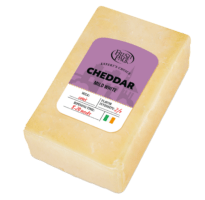 CHEDDAR WHITE CHEESE
CHEDDAR WHITE CHEESE 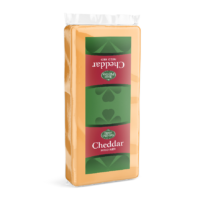 CHEDDAR MILD RED CHEESE (block)
CHEDDAR MILD RED CHEESE (block) 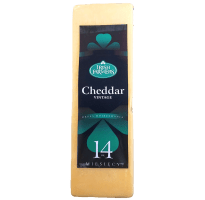 CHEDDAR VINTAGE CHEESE (block)
CHEDDAR VINTAGE CHEESE (block) 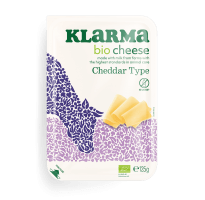 BIO CHEESE Cheddar
BIO CHEESE Cheddar 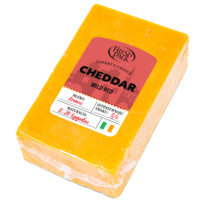 CHEDDAR RED MILD CHEESE
CHEDDAR RED MILD CHEESE 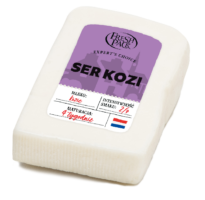 CHEVRETTE GOAT CHEESE
CHEVRETTE GOAT CHEESE 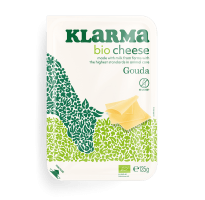 BIO CHEESE Gouda
BIO CHEESE Gouda 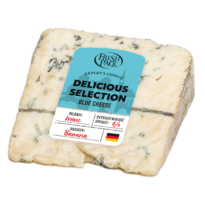 DELICIOUS SELECTION BLUE CHEESE
DELICIOUS SELECTION BLUE CHEESE 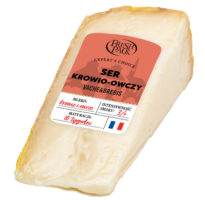 COW AND SHEEP CHEESE VACHE & BREBIS PELOTARI
COW AND SHEEP CHEESE VACHE & BREBIS PELOTARI 


